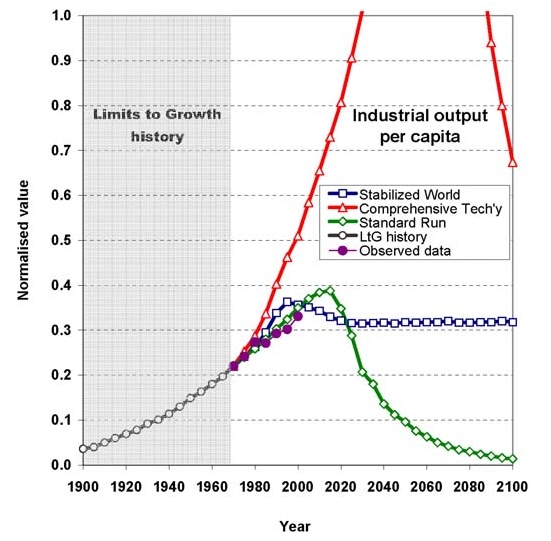THE PHOENIX PRINCIPLE AND THE COMING DARK AGEVirtually everything that a modern city needs to survive must be imported by train, truck and ship or brought in by pipe and cable. The city depends on the constant arrival of trucks and ships bringing in food and the equally constant departure of trucks and ships carrying away the rubbish. All this relies on political order, guaranteeing safe conduct and regulating people so that they take care of their shared environment. When the political order has broken down, cities will be in trouble. Brigands will make the roads unsafe, choking off the city’s lifeline. Municipal refuse collection and street lighting will disappear, to leave the city dirty and dangerous. Who will pay the bills for these services when all forms of government have been swept away in the collapse? With its inflows and outflows interrupted, the city may become nonviable almost overnight.
Cities also have the highest concentrations of the underclass. Consequently, they contain the mechanism of their own disruption, in the form of a huge reservoir of potential violence and criminality. Already, in some areas, shops must be protected with thick metal shutters, and it is sensible to have alarms on one’s house and one’s car. When government is a thing of the past, and the police have disappeared from the street, nowhere in the city will be safe from the unchecked wants of the dispossessed. The city will be a magnet for all the wandering criminal bands and plunderers who will be given carte blanche by the total disintegration of the early dark age. They will converge on urban concentrations to seize and fight over whatever remaining luxuries the corpse of the old civilisation still has to offer up. A neighbourhood in which the electricity has been cut off, the sewers are no longer maintained, the hospitals are closed, the shops are bare and looters roam the streets will eventually not be a neighbourhood that is worth staying in or defending. Clearly, there is going to be a huge efflux from the cities around the time of the collapse. The richest people are likely to go first, for they will have the resources to do so. They will retreat into country residences, which they may start to fortify. Even those who are not rich would be well advised to join this exodus at the earliest opportunity. As one detects that the collapse is close at hand, one should look for the remotest and quietest place to live in that one can find. Somewhere mountainous and inaccessible will be ideal, although one must be prepared for self-sufficiency. Any retreat cannot be too barren. The poor, who have neither the resources nor perhaps the initiative to flee the city, will face a desperate time. Eventually they will have to get out, but only when conditions have become wholly intolerable. Unable to anticipate the appalling consequences of political collapse, they will be forced to experience them at first hand. In the first few decades of the dark age, some dreadful scenes will be enacted in the richest countries and especially in their rich urban centres. In many past instances of collapse, there is evidence of burning and of bodies left unburied in the streets where they have fallen. One cannot be optimistic about the level of violence with which today’s cities will be evacuated. Apart from anything else, their gas and electricity mains and the contents of petrol stations will make possible a huge conflagration. When the dark age reaches its nadir, it will not be good even for those who have earlier ensconced themselves in their rural estates. Out of the cities there will come a monstrous tide of brutalised humanity with no apparent means of feeding itself or clothing its children. Places like London and Birmingham are likely to be abandoned first, but in time every remaining pocket of order and civilisation will be threatened. Only the most remote safe havens have any chance of escaping unscathed (though their very remoteness will ensure a rude existence). As they flee from each other, people will spread across the globe to form an almost uniform layer.
Marc Widdowson
First published 2001 by Amarna Ltd, 35a Chaucer Road, Bedford, MK40 2AL, United Kingdom

